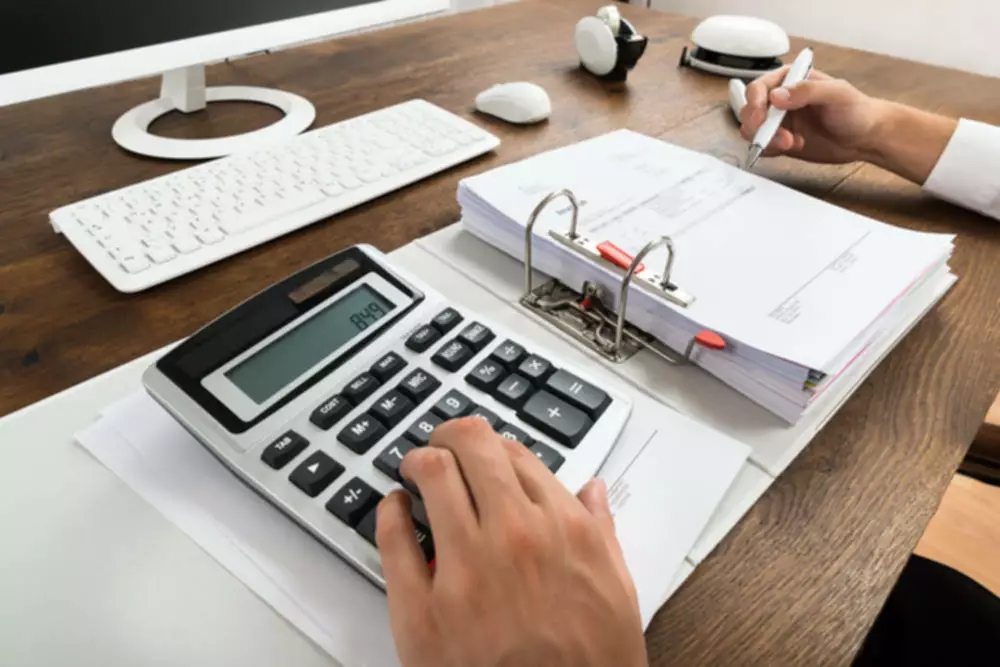Content

It is essential for any lender or https://www.bookstime.com/or to understand the leverage of a borrower, to estimate its ability to pay back debt. This is most commonly done by comparing the debt and equity totals on the balance sheet to derive a debt to equity ratio. Although balance sheets can be very important for investors, analysts, and accountants, they do have a couple of drawbacks. Balance sheets only show you the financial metrics of the company at a single point in time. So balance sheets are not necessarily good for predicting future company performance.
- It’s usually thought of as the second most important financial statement.
- The asset information on the balance sheet can be combined with the sales line item on the income statement to estimate the efficiency with which a business is using its assets to produce sales.
- The return on assets ratio serves as a metric for determining the asset performance of an organization.
- If a company is public, public accountants must look over balance sheets and perform external audits.
- Public companies, on the other hand, are required to obtain external audits by public accountants, and must also ensure that their books are kept to a much higher standard.
- Asset performance is the ability to take operational resources, manage them, and produce profitable returns.
- The file contains a Microsoft Excel (version 4.0 and above) spreadsheet template.
This account includes the balance of all sales revenue still on credit, net of any allowances for doubtful accounts . As companies recover accounts receivables, this account decreases, and cash increases by the same amount.
Business News
The balance sheet provides insights on what the business owns , what the business owes , and how much the business is worth. It helps you spot the strengths and weaknesses in your business, helping you make smart decisions about how to invest and grow in the future. Under IFRS, property used to earn rental income or capital appreciation is considered to be an investment property. IFRS provide companies with the choice to report an investment property using either a historical cost model or a fair value model. Liabilities expected to be settled or paid within one year or one operating cycle of the business, whichever is greater, are classified as current liabilities. Liabilities not expected to be settled or paid within one year or one operating cycle of the business, whichever is greater, are classified as non-current liabilities.
It’s a snapshot of a company’s financial position, as broken down into assets, liabilities, and equity. Balance sheets serve two very different purposes depending on the audience reviewing them. A balance sheet summarizes an organization’s or individual’s assets, equity and liabilities at a specific point in time.
Balance sheet
For example, the vertical balance sheet can look at a particular line item on the balance sheet as a percentage of total assets. Current assets – Assets that may take up to a year to be converted to cash (i.e., accounts receivable, inventory, etc.).
AECOM (NYSE:ACM) Has A Pretty Healthy Balance Sheet – Simply Wall St
AECOM (NYSE:ACM) Has A Pretty Healthy Balance Sheet.
Posted: Mon, 20 Feb 2023 16:59:57 GMT [source]
This amount tends to be substantially higher than the total in the stock line item. If a company is public, public accountants must look over balance sheets and perform external audits. Furthermore, public companies have to prepare their balance sheets by following the GAAP. Public balance sheets have to be filed regularly with the SEC, too. Explore our online finance and accounting courses, which can teach you the key financial concepts you need to understand business performance and potential.